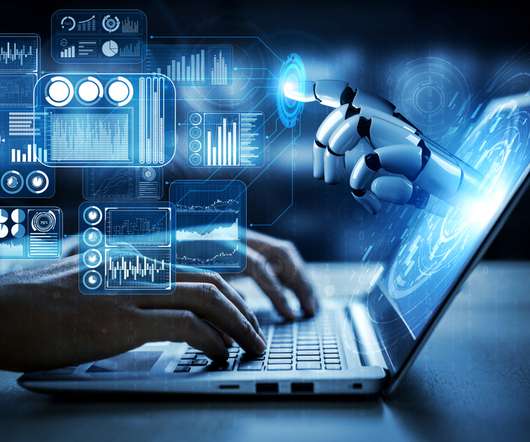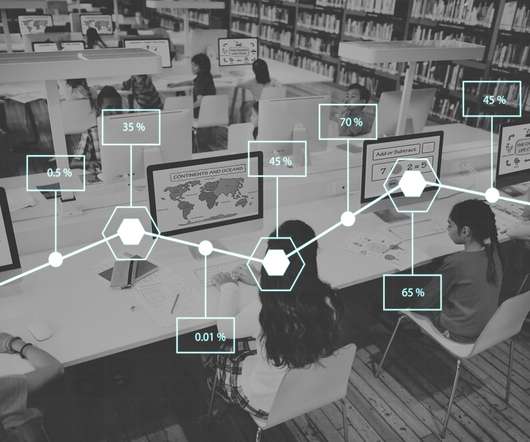How To Enhance Your Analytics with Insightful ML Approaches
Smart Data Collective
AUGUST 29, 2022
Machine Learning Helps Companies Get More Value Out of Analytics. There are a lot of benefits of using analytics to help run a business. You will get even more value out of analytics if you leverage machine learning at the same time. Analytics has been influencing the income for companies for quite some time now.




















Let's personalize your content